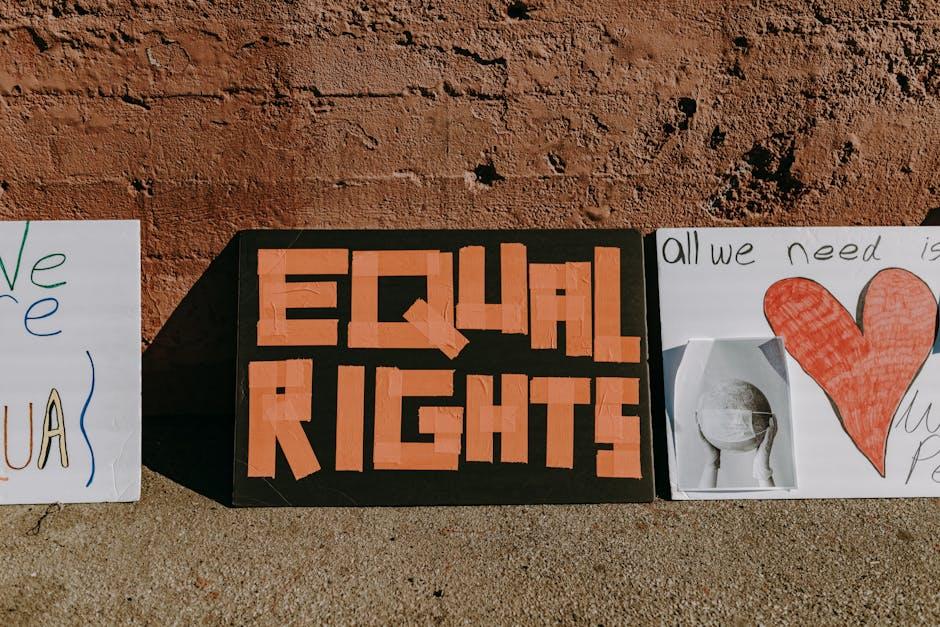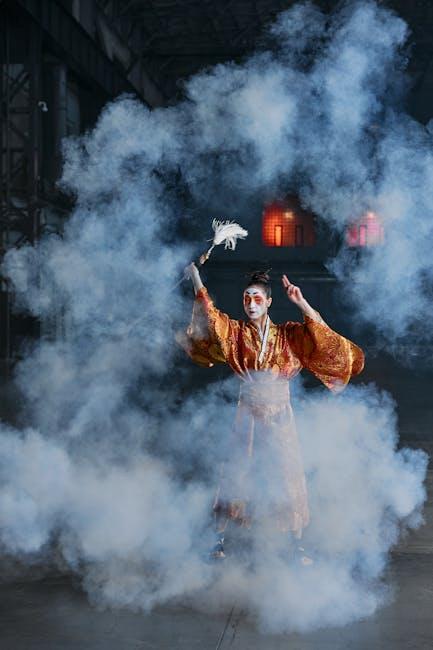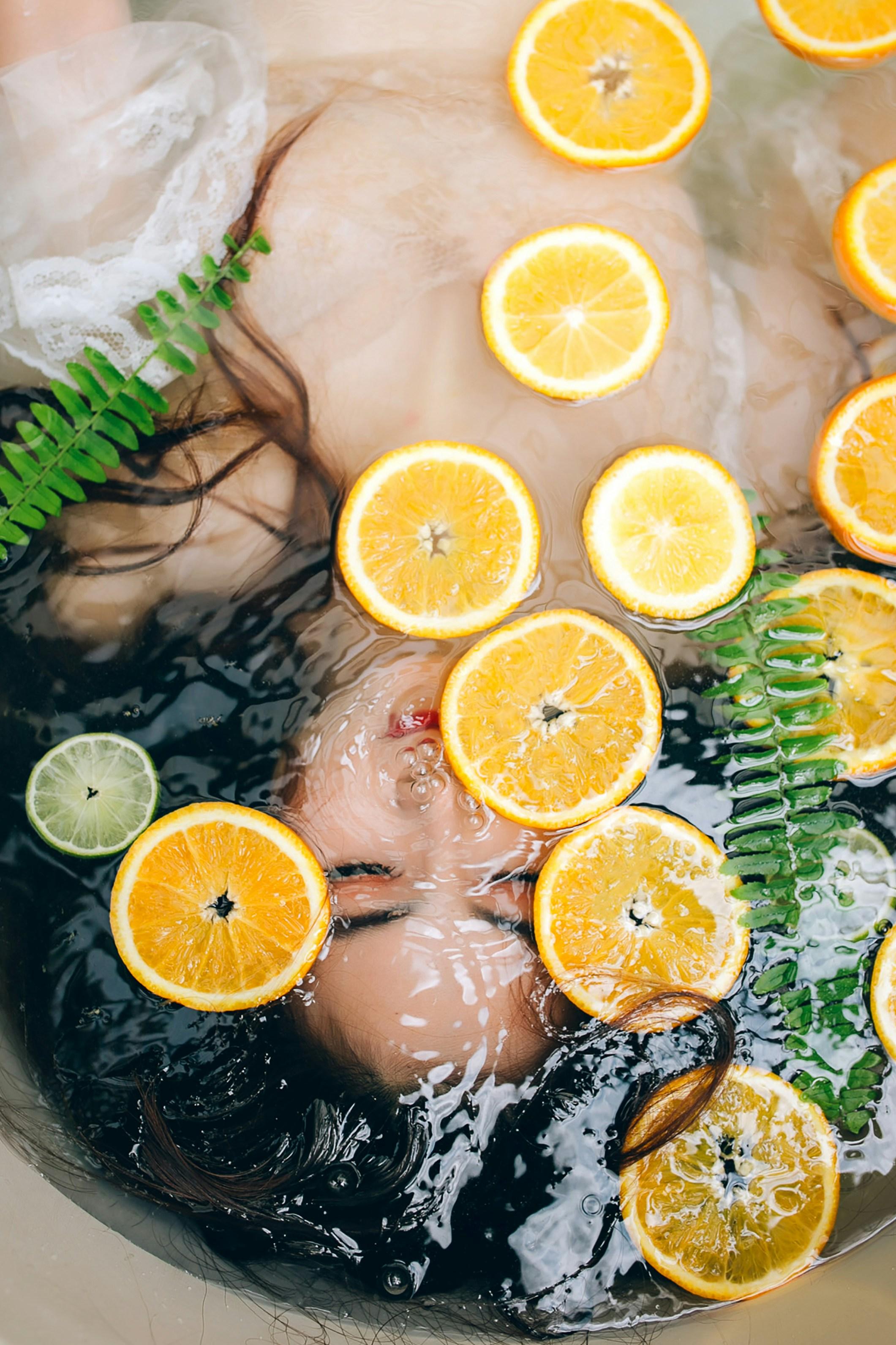The Debate Over Makeup-Free Movements and Their Inclusivity
In a world where the face often becomes a canvas for self-expression, the makeup-free movement has emerged as a compelling call for authenticity and acceptance. This movement, which champions the celebration of natural beauty, has sparked a vibrant debate about its inclusivity and impact. As celebrities and influencers post bare-faced selfies and advocate for embracing one’s natural skin, questions arise about who truly benefits from this trend. Is the movement an empowering liberation from societal beauty standards, or does it inadvertently exclude those who feel more confident with a touch of mascara or a swipe of lipstick? As we delve into this multifaceted discussion, we aim to explore the nuances of the makeup-free movement, examining whether it is a beacon of inclusivity or a reflection of privilege.
Challenging Beauty Norms Unpacking the Origins of Makeup-Free Movements
The makeup-free movement has emerged as a compelling counter-narrative to traditional beauty standards, advocating for authenticity and self-acceptance. At its core, this movement challenges the deeply ingrained societal norms that equate beauty with cosmetic enhancement. The origins of this movement can be traced back to the growing discontent with the unrealistic portrayals of beauty in media and advertising. Over time, it has gained momentum, with celebrities and influencers publicly embracing their natural looks and encouraging others to do the same. This shift in perspective is not just about rejecting makeup but about redefining beauty in a way that is more inclusive and representative of diverse identities.
However, the debate over the inclusivity of these movements is nuanced. Critics argue that while the movement purports to be inclusive, it often centers around those who already fit certain beauty ideals even without makeup. This can inadvertently marginalize those who rely on makeup for reasons beyond aesthetics, such as gender expression or concealing skin conditions. Here are some critical points often discussed in this context:
- The privilege of choice: Not everyone can afford to go makeup-free without societal repercussions.
- Cultural and personal identity: Makeup can be an integral part of cultural practices or personal identity.
- The need for a broader definition of beauty that includes all expressions, whether makeup-free or not.
These discussions highlight the need for a movement that truly celebrates diversity and empowers individuals to define beauty on their own terms.

Cultural Perspectives Examining Inclusivity in Makeup-Free Advocacy
The dialogue surrounding makeup-free advocacy is as multifaceted as the cultures it touches. While some view it as a liberating act that promotes self-acceptance, others question its inclusivity, particularly in societies where makeup is not merely cosmetic but a symbol of cultural identity and expression. For many individuals, makeup transcends the realm of beauty; it becomes an art form, a cherished ritual, or a shield against societal judgments. As such, a universal call for a makeup-free approach may inadvertently overlook the nuanced reasons people choose to wear makeup, rooted in their unique cultural narratives.
Exploring these perspectives requires acknowledging that inclusivity in makeup-free movements involves more than just embracing bare skin. It demands a deeper understanding of diverse cultural contexts and their relationship with beauty standards. Here are some considerations to ponder:
- Cultural Identity: In many cultures, makeup is intertwined with tradition and identity, making it a cherished form of self-expression.
- Historical Context: The history of makeup in different regions can influence current perceptions and practices, shaping how individuals engage with beauty norms.
- Personal Choice: Encouraging inclusivity means respecting personal decisions, whether someone opts for a full face of makeup or chooses to go au naturel.
Thus, a more inclusive approach would celebrate the diversity of choices, acknowledging that beauty, in all its forms, is a deeply personal journey shaped by a tapestry of cultural influences.

Navigating Social Pressures Balancing Personal Choice and Societal Expectations
In recent years, makeup-free movements have gained momentum, sparking a discussion on whether they truly promote inclusivity or inadvertently pressure individuals into conforming to new societal standards. On one hand, these movements champion authenticity, encouraging individuals to embrace their natural appearance and reject the unrealistic beauty ideals often perpetuated by the media. Advocates argue that by shedding makeup, people can foster self-acceptance and challenge the notion that beauty is tied to cosmetics.
- Empowerment: For many, going makeup-free represents a reclaiming of personal agency, allowing individuals to define beauty on their own terms.
- Diversity: Supporters highlight that these movements celebrate diverse skin tones and textures, moving away from homogenous beauty standards.
However, the inclusivity of such movements is sometimes questioned. Critics point out that while promoting a natural look is commendable, it can inadvertently create new pressures. Concerns arise when individuals feel judged for choosing to wear makeup, as if doing so diminishes their authenticity. Additionally, the movement can overlook those who use makeup as a form of self-expression or a tool to navigate societal norms that are not easily dismissed.
- Choice: The essence of true inclusivity lies in supporting personal choice, whether one opts for a full face of makeup or a bare visage.
- Nuance: Recognizing that makeup can be both a source of empowerment and comfort for different individuals is crucial in this debate.

Fostering Acceptance Practical Steps Towards a More Inclusive Beauty Culture
In the quest for a more inclusive beauty culture, it’s essential to consider practical steps that can be taken to foster acceptance across diverse communities. One such step is the active promotion of diverse beauty standards through media and advertising. Brands can play a pivotal role by showcasing models of different skin tones, ages, and body types, thus challenging traditional beauty norms. This approach not only broadens the definition of beauty but also encourages individuals to embrace their unique features.
Moreover, education is crucial in cultivating acceptance. Workshops and seminars can be organized to discuss the historical context of beauty standards and their impact on various demographics. By creating platforms for open dialogue, we can address the biases and prejudices that persist within the industry. Some actionable steps include:
- Encouraging brands to implement diverse hiring practices.
- Promoting makeup-free campaigns that celebrate natural beauty.
- Facilitating discussions on the cultural significance of beauty rituals.
Through these measures, we can collectively work towards a more inclusive and accepting beauty culture, where everyone feels represented and valued.
Wrapping Up
As the mirror reflects our society’s evolving beauty standards, the debate over makeup-free movements and their inclusivity remains an ever-shifting canvas. These movements challenge us to rethink the very essence of beauty, inviting a dialogue that encompasses empowerment, choice, and diversity. Yet, as with any art form, the brushstrokes of personal experience and cultural context paint different pictures for each individual.
In this ongoing conversation, it is crucial to listen to the voices that speak from varied perspectives, ensuring that the narrative does not become a monochrome depiction but a vibrant tapestry woven with authenticity and respect. As we stand at the crossroads of tradition and transformation, perhaps the most beautiful realization is that the true essence of beauty lies not in uniformity, but in the freedom to express oneself in myriad ways.
And so, as the discourse continues, may we find a harmonious balance that celebrates both the choice to wear makeup and the choice to embrace one’s natural visage, recognizing that the power of beauty is most profound when it is defined by the individual.


